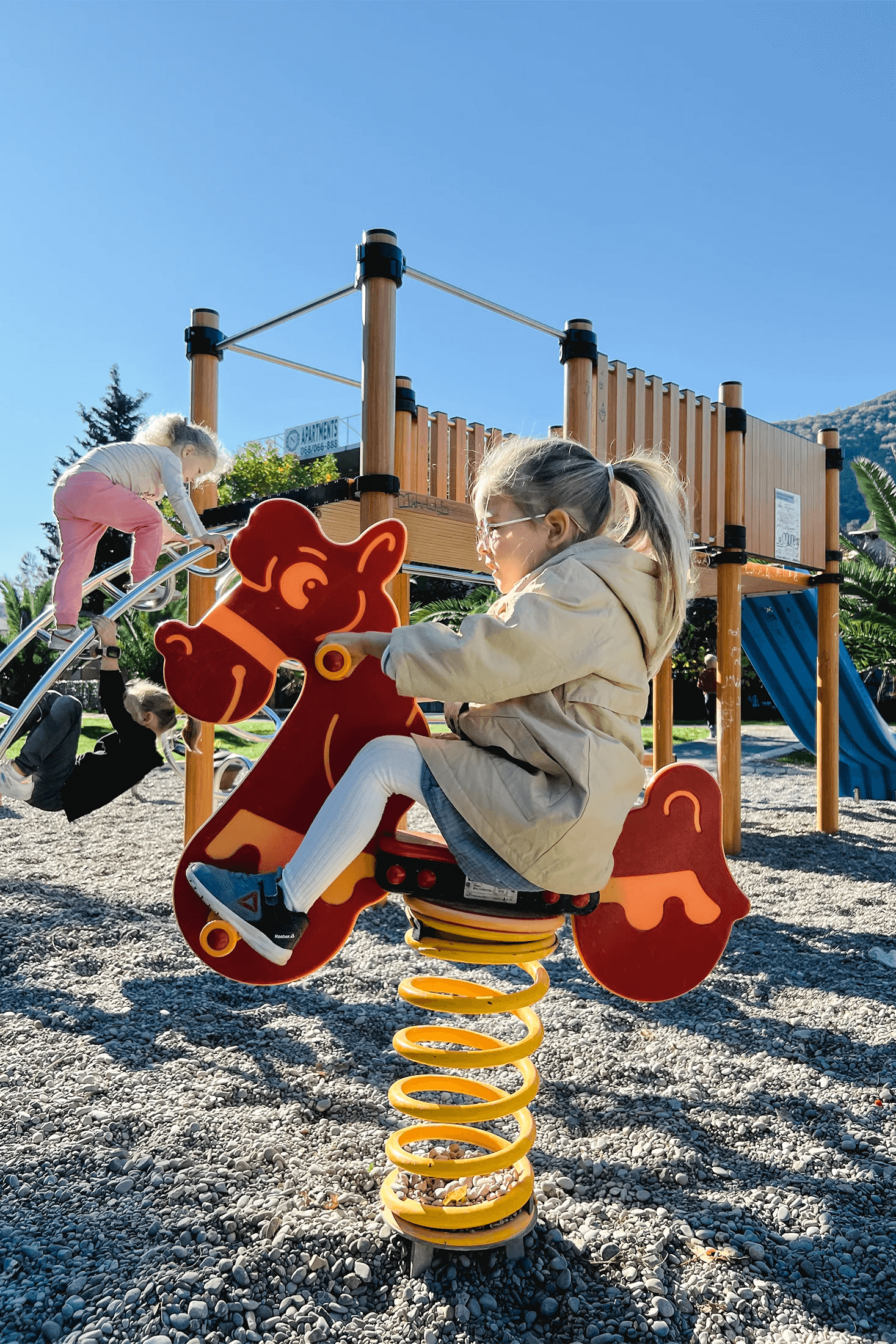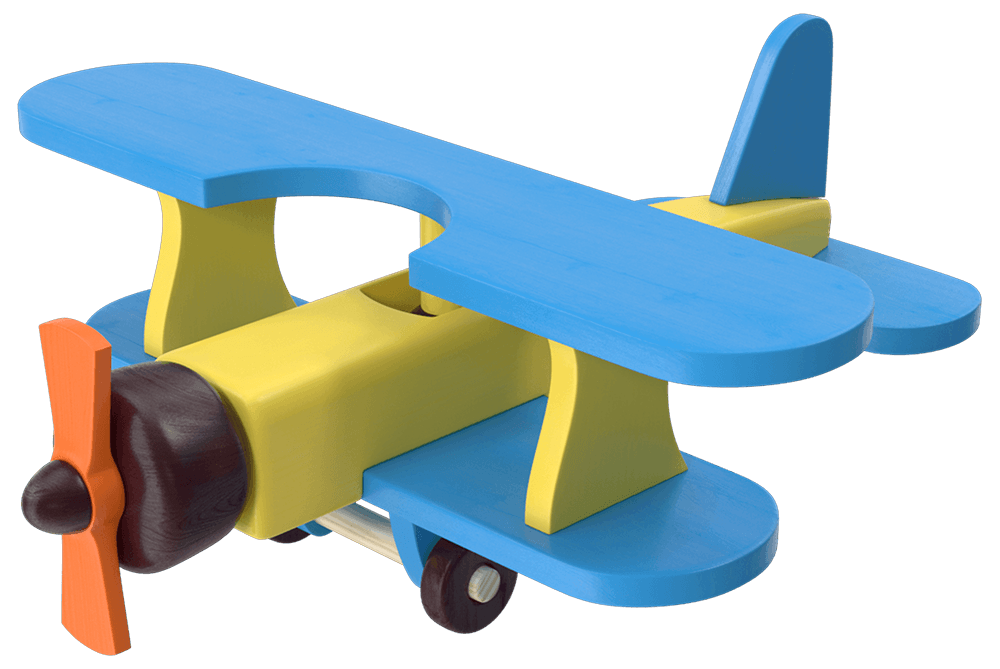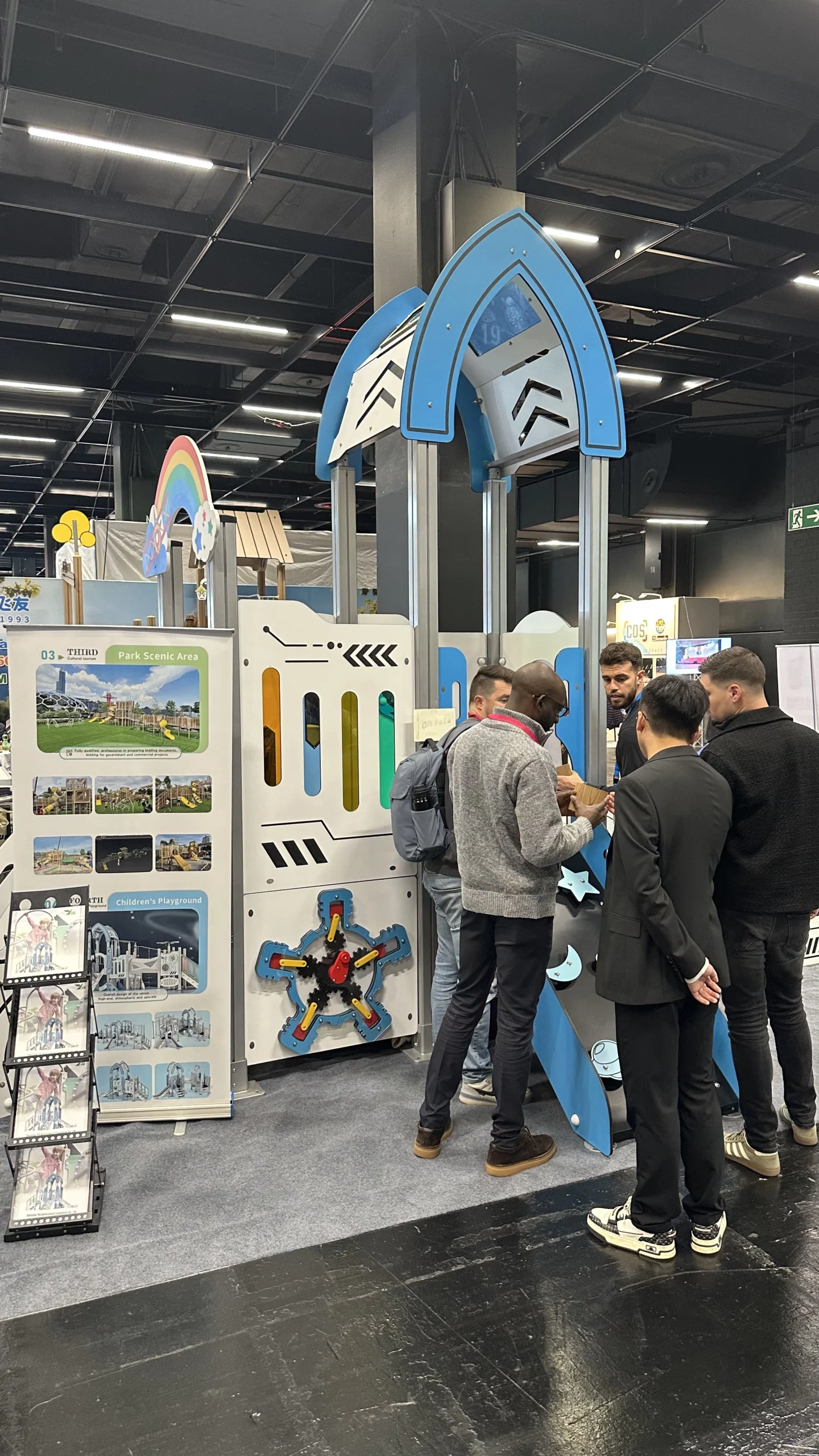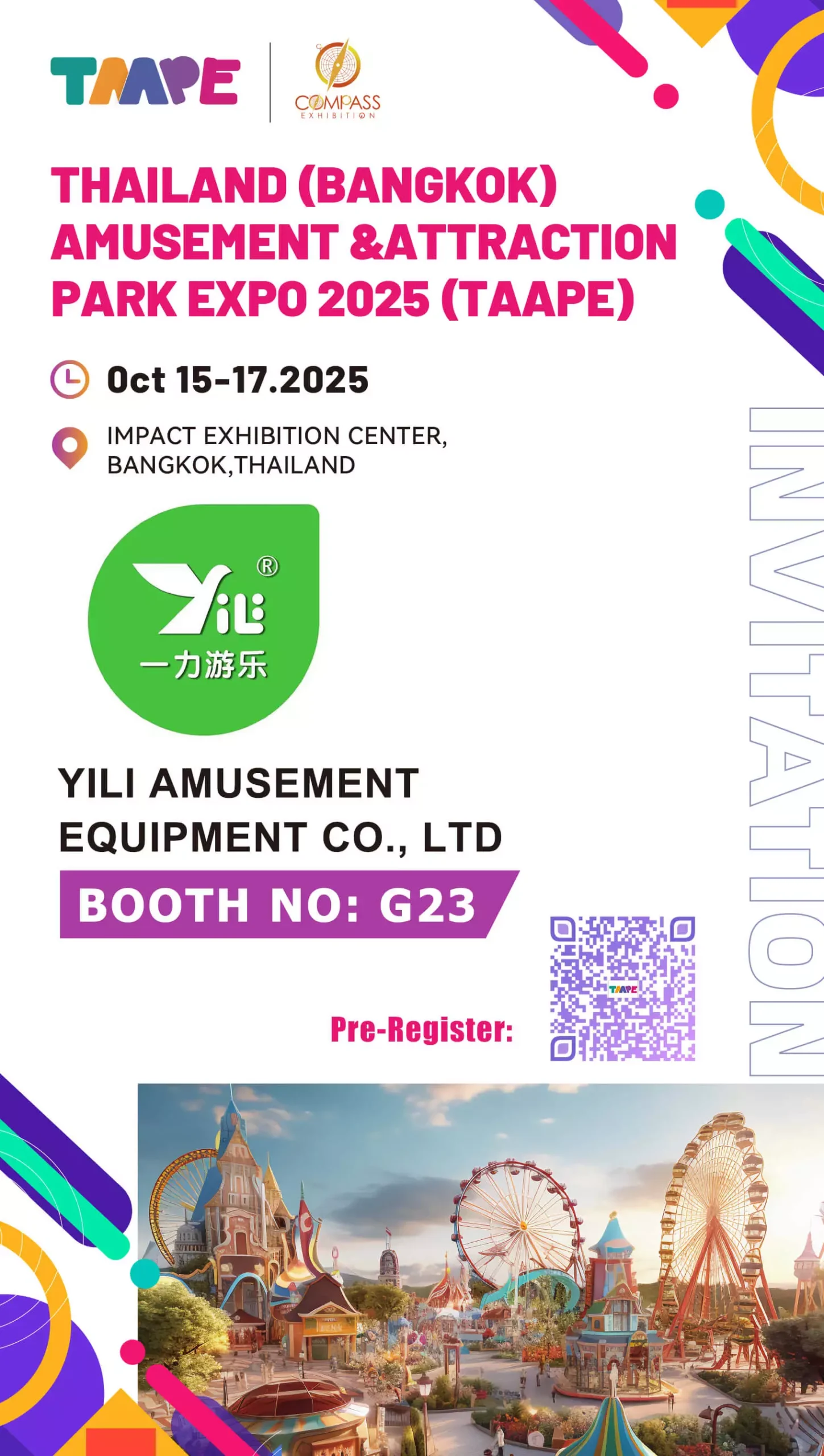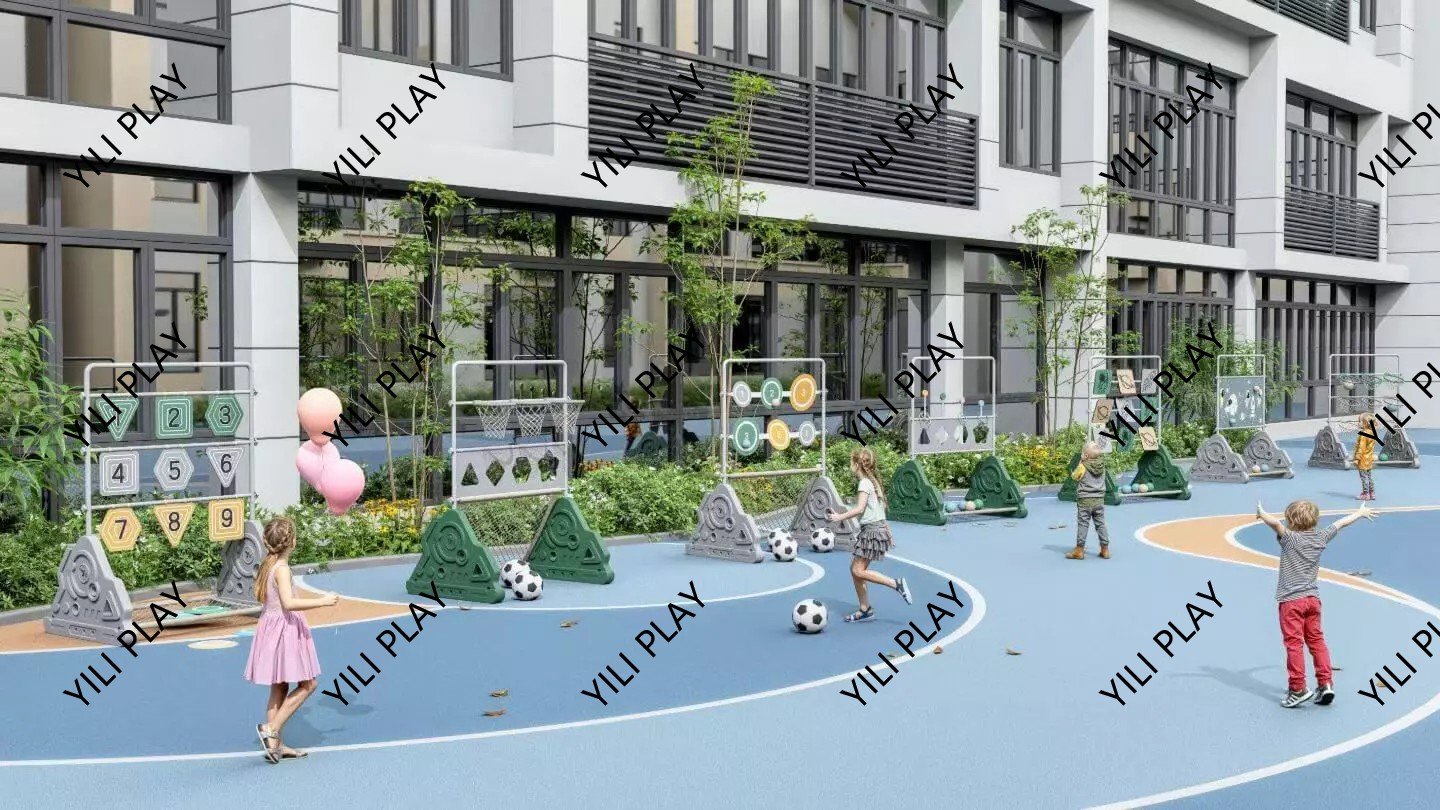Outdoor recreational equipment—such as playground sets, climbing structures, fitness stations, or water play systems—is often large, heavy, and irregularly shaped. Transporting these products safely and cost-effectively is one of the most important steps between production and installation. In this article, we will cover the key considerations for transportation of outdoor recreational equipment, helping buyers, suppliers, and logistics providers ensure smooth delivery.
Why Transportation Matters in Outdoor Equipment Projects
Unlike standard cargo, outdoor playground equipment involves oversized parts, delicate surfaces, and strict compliance standards (such as EN1176 or ASTM safety guidelines). Poor transportation planning can lead to:
- Surface damage (scratches, dents, or fading)
- Delayed installation schedules
- Increased costs from re-shipping or repairs
- Safety risks if structural integrity is compromised
By focusing on specialized logistics solutions, businesses can avoid these issues and protect both their investment and reputation.
Key Challenges in Transporting Outdoor Recreational Equipment
- Oversized Cargo Dimensions
Slides, climbing nets, and towers often exceed standard container sizes. Special flat-rack or open-top containers may be required. - Fragile Materials
Components like plastic wood, HPL panels, and galvanized steel tubes need padding, shrink wrap, or custom crates to prevent surface damage. - International Shipping Regulations
Exporters must follow customs codes (HS Code 950699), provide packing lists, and ensure compliance with environmental or safety certifications. - Last-Mile Delivery
Reaching schools, parks, or resorts may require smaller trucks, cranes, or manual unloading in limited-access areas.
Best Practices for Safe and Efficient Transportation
- Custom Packaging Solutions
Use steel frames, foam padding, and weatherproof wrapping to protect equipment from moisture and impact. - Container Optimization
Plan space usage carefully to reduce costs—often a 40HQ container can hold one medium playground set or multiple smaller modules. - Partner with Specialized Freight Forwarders
Logistics partners with experience in outdoor recreational equipment transportation understand both international shipping and last-mile delivery challenges. - Insurance and Risk Management
Comprehensive cargo insurance is essential to cover potential loss or damage during sea or land transit. - Clear Communication
Coordinate closely between manufacturer, freight forwarder, and end client to align on timelines, documents, and unloading requirements.
Eco-Friendly and Cost-Saving Approaches
Sustainability is becoming a global priority. Businesses can consider:
- Consolidating shipments to reduce carbon emissions
- Choosing sea freight over air freight where time allows
- Using recyclable packaging materials
- Optimizing supply chain routes to minimize transportation costs
Conclusion
The transportation of outdoor recreational equipment is more than just moving goods from Point A to Point B—it is about ensuring safety, protecting quality, and delivering a ready-to-install playground or fitness system on schedule. By working with reliable logistics partners and following best practices, suppliers and buyers can achieve both cost efficiency and peace of mind.
If you are planning your next outdoor playground project, make sure transportation strategy is part of your planning from the very beginning.


